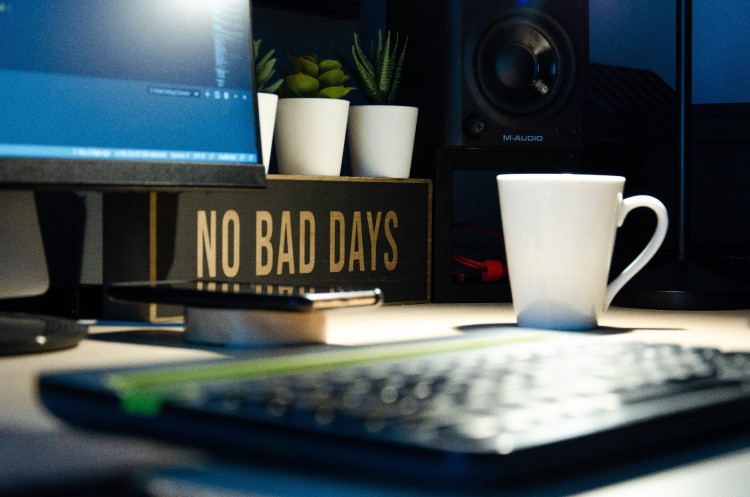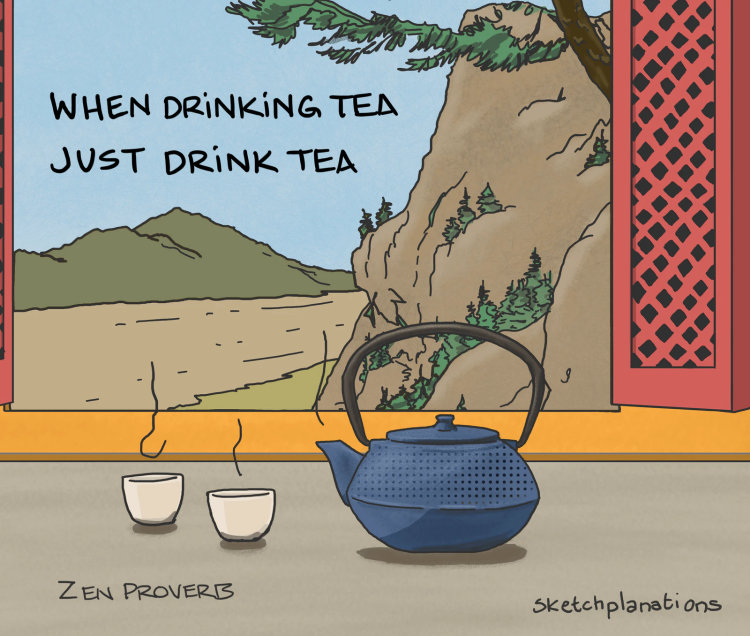
Have you ever found yourself in a situation where you had the feeling that the day was challenging and exhausting? You did not complete the tasks assigned, or you were not satisfied with the final result? Have you ever wondered what led to that?
Breakdown of daily imperfections could help draw conclusions that make us less productive and ultimately dissatisfied at the end of the day.
Although everyone is different, some general tips can help turn an unproductive day into a productive one.

So how to improve your productivity and get more out of your day? Here are 4 ways to help you do that:
It would be helpful if you could know exactly your tasks for the day, as well as the estimated time to solve them, and which tasks are a priority.
Dwight David Eisenhower had an incredible ability to sustain his productivity for decades. And for that reason, it is no surprise that many people have studied his methods for time management, task management, and productivity.
His most famous productivity strategy is the Eisenhower Box (or Eisenhower Matrix). It's a simple decision-making matrix.
Using the decision matrix below, you can separate your activities based on four possibilities.
The great thing about this matrix is that it can be used for various situations. It can be used for comprehensive productivity plans (How should I spend my time each week? ) and smaller, daily goals (What should I do today? ).
Therefore, a list of all tasks in one place and scheduling them by priority is the first step in planning the day.
Interruptions at the workplace can consume a lot of time and cause frustration, especially if they happen at moments of deep work.
Cal Newport defined deep work as “professional activities performed in a state of distraction-free concentration that push your cognitive capabilities to their limits.”

Communication, social media, notifications of all kinds are just a few interruptions happening during a regular day.
Communication in the workplace is a significant activity. It is essential for achieving the goals of a company or individual. Especially given the socio-technical nature of software development, communication between participants is vital for completing projects. There are more and more communication channels today, chat messages, comments in code review requiring your attention, update of the tasks assigned to you, phone calls, or in-person questions from colleagues.
Despite the general importance of communication, it can also strongly affect an individual's productivity. Study shows that it takes an average of 23 minutes and 15 seconds to get back to the task that requires deep work.
You can significantly minimize distractions by making others aware that you shouldn't be distracted, that you are doing work that requires concentration. That's easier to said than done. Especially in current time of remote work and constant availability.
But, solutions exist:
Multitasking is a word that can describe itself – multiple tasks done all at once.
People do more things simultaneously every day, interrupt actions with others, and all quite successfully. But these are all spontaneous actions that do not require too much thinking.
Knowledge workers like developers, designers, writers and all other jobs that require significant amount of information, creativity and connecting the dots to make a job done, require a high level of concentration. Each task is a whole in itself and requires a commitment to solving it from start to finish. Any interruption and solving of new problems "distracts" from solving the task that has been started.
Switching between tasks is a critical moment. It costs a lot of energy and time - up to 30 minutes per switch - to rebuild the complex mental model mentioned above. That is when knowledge workers are not as productive as they usually are, and mistakes increase drastically. Study shows that multitasking can cost as much as 40 per cent of someone's adequate time.
Most of us are faced with repetitive tasks daily. Such tasks unnecessarily take up time for productive work but also, they are frustrating and monotonous. Command lines, text manipulation, log mining, refactoring, building, deploying, and integrating, all of these activities are repetitive and take several hours to complete.
Studies show that 74% of employees in the most automated companies say automation improves job satisfaction.
But, what about processes that are not related directly to the tasks working at the moment. For example, task as tracking the time spent on a particular task? Or reporting for a weekly meeting? These are just examples we encounter daily. The development of technology allows us to automate these tasks types as well.
Employees were asked if they would trust technology (autonomous assistant or software application) to manage repetitive tasks. Around 9 in 10 employees in Spain, Sweden, and the Netherlands said they would. Two-thirds (67%) agreed that implementing this type of technology would be essential to remain competitive.
To fulfil a day with more productive work, try to ask yourself:
Which processes make me unproductive?
and try to avoid them. Use Unsizify to measure how much it makes you unproductive and then let it do unproductive work instead of you.